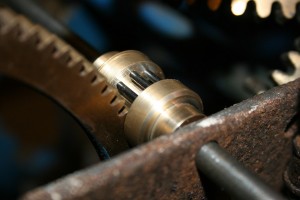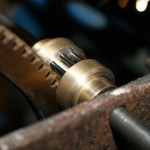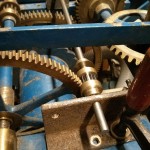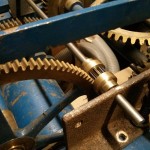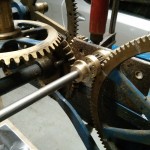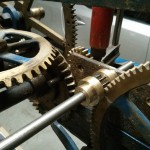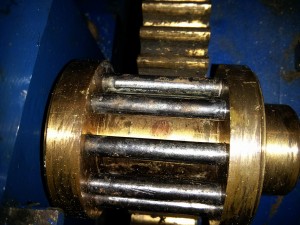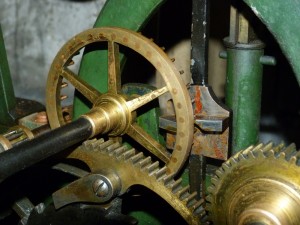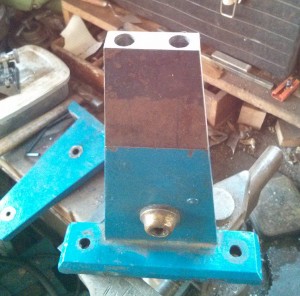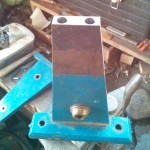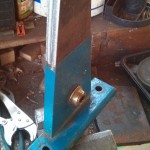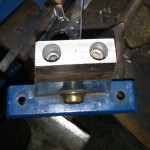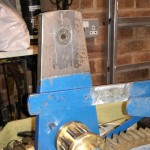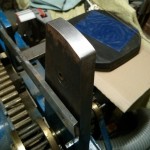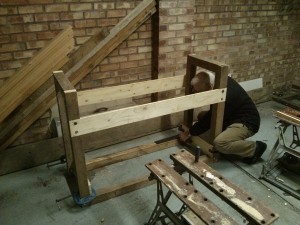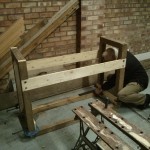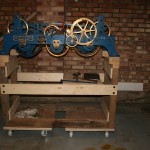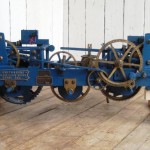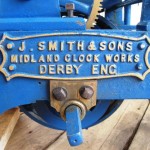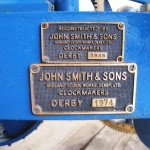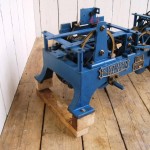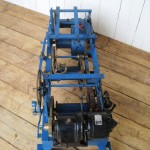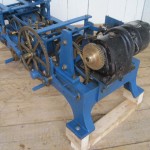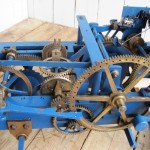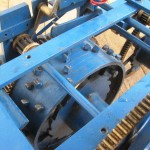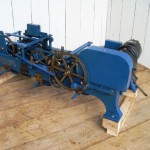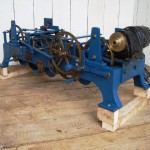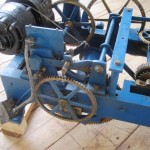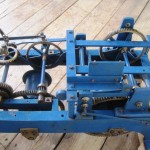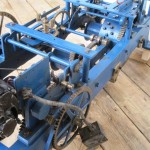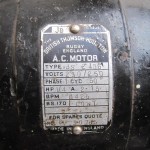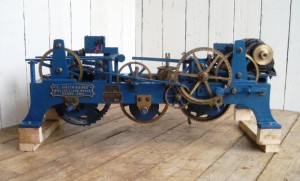
I’ve wanted a turret clock for a long time. I must have gained this interest from my father who is a keen amateur horologist. Although clocks and watches interest me to a reasonable extent, it was a turret clock that I always fancied. It’s probably something about the scale that’s more impressive. After getting to visit the Smith of Derby workshops (through my own work, unrelated to clocks) I was inspired to finally get one. And being a Derbyshire native it had to be a Smith of course, I was also quite keen on the look of their cast iron flat bed clocks from the early 1900s. Problem is there aren’t all that many about for sale and if you’re going to do it properly you want a large three train movement. Three trains means it keeps time, strikes the hour and chimes. Smaller two train movements seem to come up for sale a bit more often, although I only know of one currently available.
So I tracked down the only three train flat bed I could find for sale (at UK Architectural Antiques in Staffordshire) and went to see it. Unfortunately it was in poor condition or rather it had a lot of bits missing (most of what was there was in excellent condition) – it certainly wouldn’t go. It had been converted to electric drive at some point in the past (not recently) and this had been done in a very unsympathetic way. I don’t know who did this, it’s certainly not how Smith would do it now (totally non-destructive conservation grade conversions), but perhaps decades ago things were different. Not all of the electric conversion remained but it appears the striking and chiming trains had been directly driven by motors bolted to the cast iron frame with a lot of extra metal work. The going train had been driven by chain, probably from a synchronous motor. Although the motor was missing, I assume it used a synchronous motor because the pendulum, it’s large cast mount and the entire escapement was missing. On the striking train the fly was missing (as well as the arbor it should be on), the release and stopping mechanisms and one of the pillars for the fly arbor had been chopped in half to make space to mount the motor. Same story on the chiming train, plus the hammer levers were missing.
So begins the restoration project, which I shall be working on with my Father (who will be providing all of the skill and much of the brains for the project). We’ll have to see how much of it we can manage to do ourselves, I’m hoping we will be able to do most of it, maybe even all of it. After getting our hands on it, dismantling it for a thorough examination and inspecting every picture of a Smith clock we can find online we think we probably can do it and I plan to document the process here.
Original advert for the clock and sales pictures from UKAA (note just how big it is and how optimistic they were about the condition):
Cast Iron Turret Clock Movement – John Smiths Derby
- The overall measurements with the frame are 55″ wide x 18½” tall x 24″ deep with the handle
- Included is all of the parts in the pictures
- This was purchased privately from Bournemouth
- The clock was made by J Smith & Sons Derby Dated 1922
- The clock was refurbished in 1958 and again in 1974
- The clock was well greased and all the bushes etc feel good and tight – so i have no reason to think why this clock could not be up and running again without much fuss
